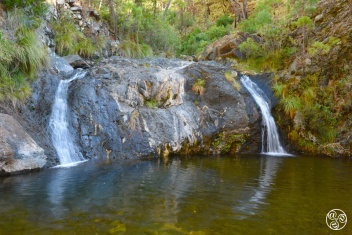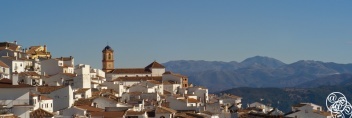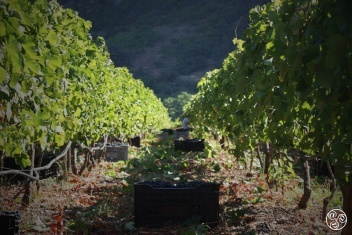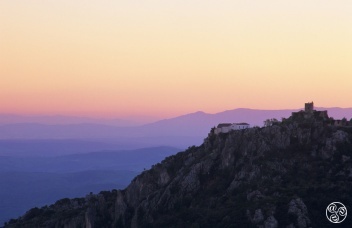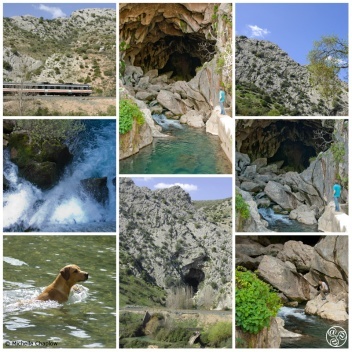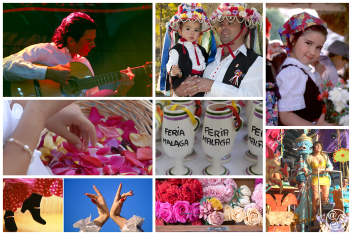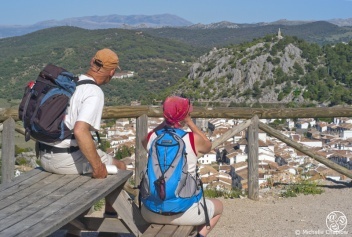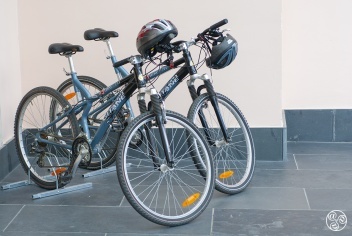Charco Azul
Charco Azul is a natural pool and waterfall in the Arroyo del Quejigo which is one of the small stream tributaries to the Rio Genal. It is an isolated location and on most visits you will be alone you enjoy a swim (with or without swimming costume) in the crystal clear pool. There are two small (three metre) waterfalls cascading down eather side of a rock butress.
